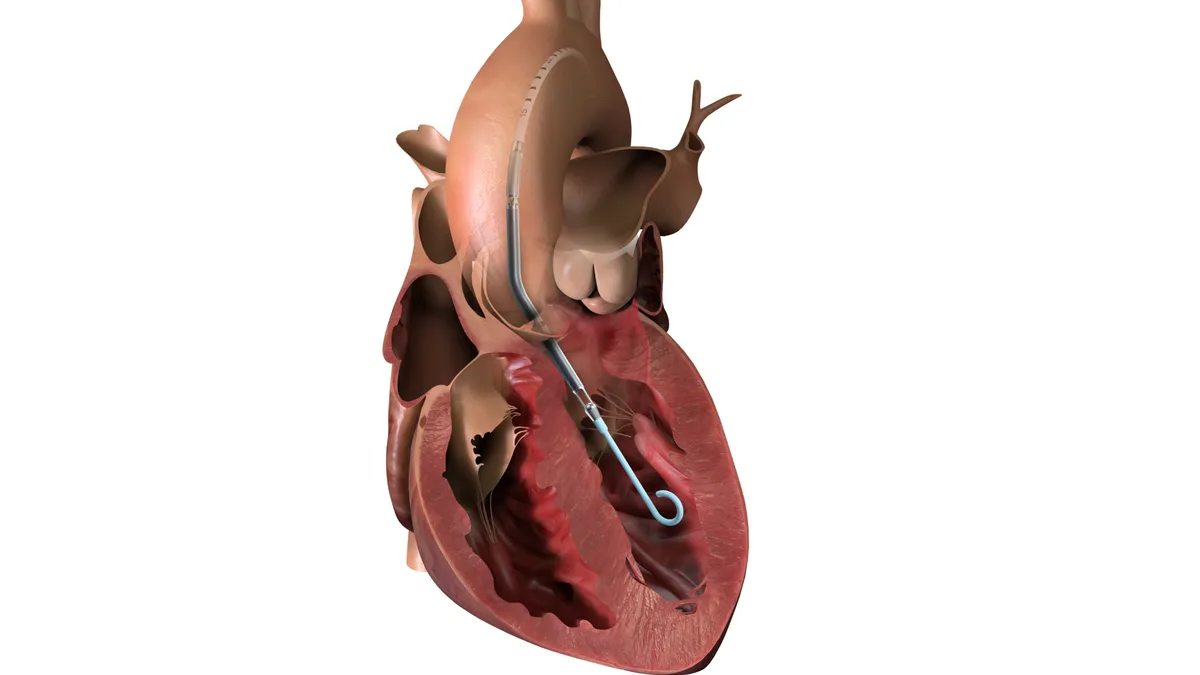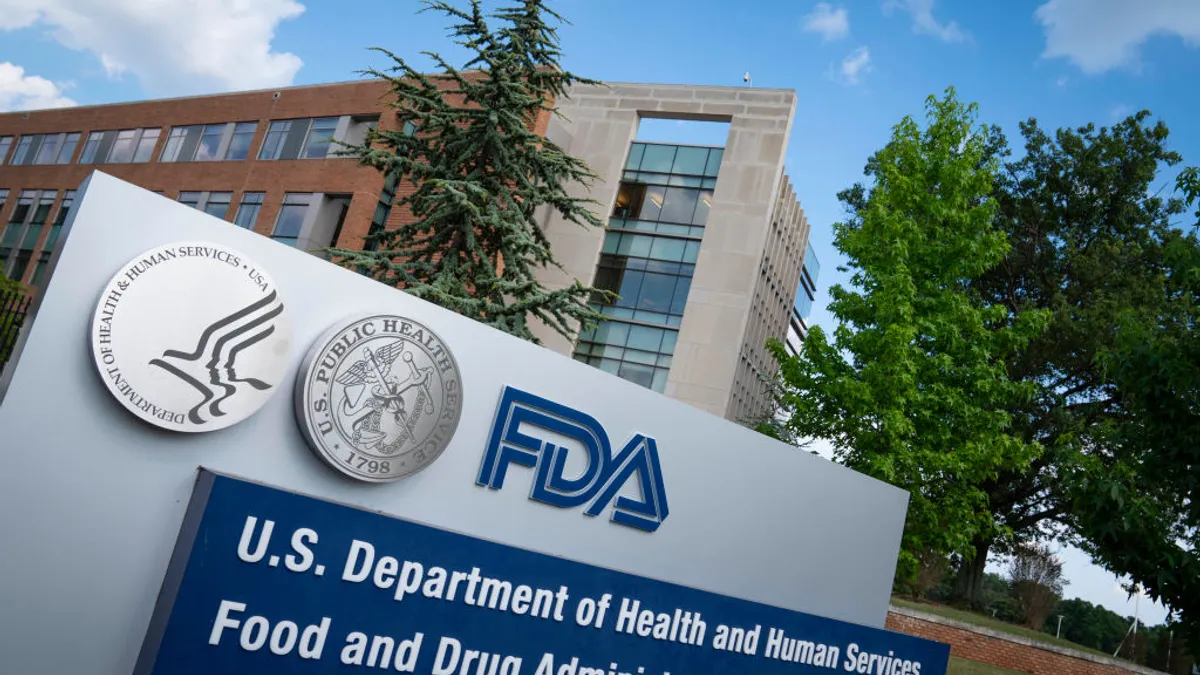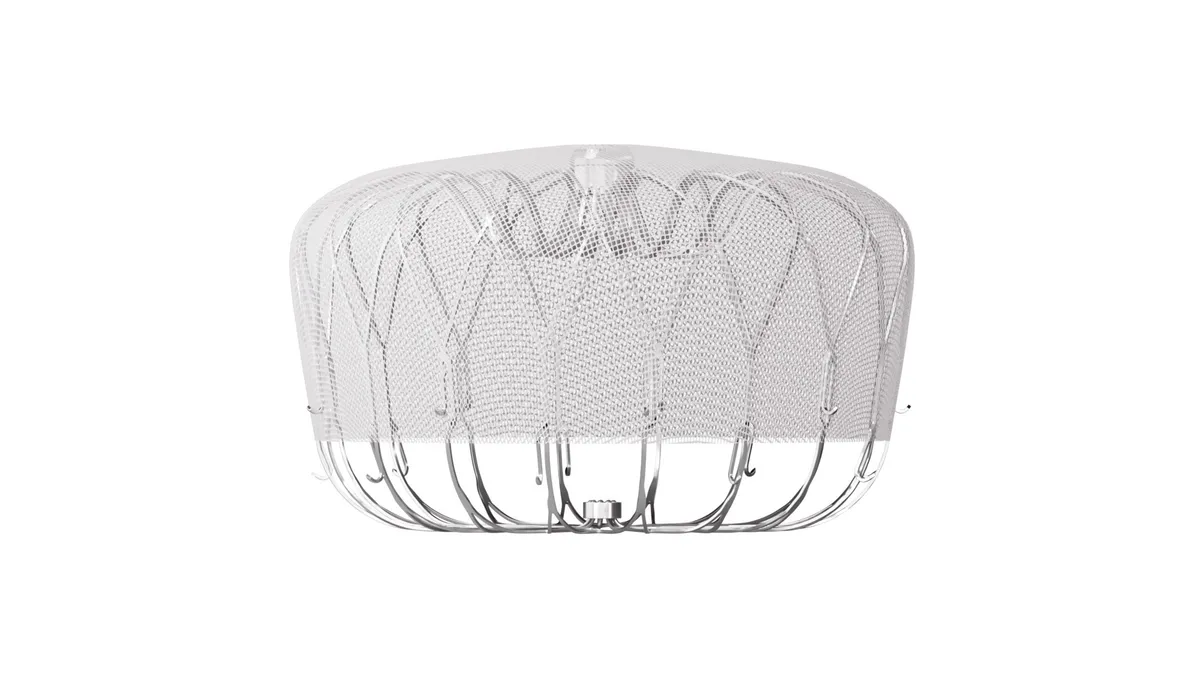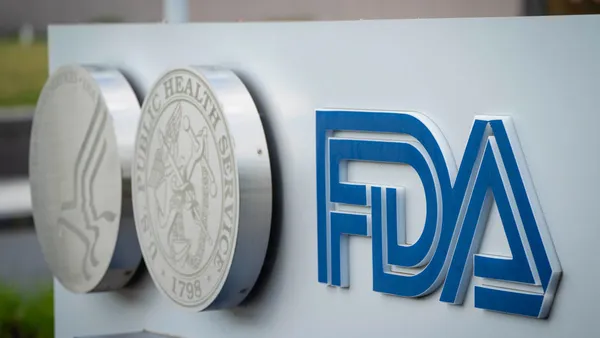The White House released a more detailed budget proposal on Friday that yields more information on how the Trump administration is aiming to reshape the HHS next year, including drastic cuts to the National Institutes of Health.
The updated proposal doubles down on plans to slash the NIH’s budget nearly in half, consolidate the HHS’ 28 operating divisions into 15, eliminate dozens of federal healthcare and social welfare programs and terminate more than 5,000 contracts.
The Trump administration argues the changes are necessary to streamline HHS functions and eliminate priorities around diversity, equity and inclusion panned by conservatives.
The administration can’t fully implement the budget without the support of Congress. Lawmakers usually make changes to the executive branch’s spending wish list in appropriations legislation.
But if enacted, the budget would formalize the Trump administration’s controversial restructuring of the HHS, which has already eliminated thousands of jobs and hamstrung the massive federal health department’s operations since beginning this spring, according to current and former employees.
Gutting the NIH
The plan sent to Congress on Friday fleshes out a bare-bones budget released the spring that sparked significant concern among healthcare groups, especially research institutions, that viewed steep cuts to the NIH — the world’s top funder of biomedical research — as an assault on scientific progress and America’s public health infrastructure.
Friday’s document was met with similar disapproval.
“If the proposal is enacted, Americans today and tomorrow will be sicker, poorer, and die younger,” said Mary Woolley, the president and CEO of science advocacy nonprofit Research!America, in a statement. “American research has a proven track record of increasing survival, reducing the burden of illness, and creating jobs. Cutting research funding helps no one; instead, it hurts everyone.”
The proposal cuts the HHS’ discretionary funding from $127 billion in 2025 to $95 billion in 2026, representing a 25% reduction.
The most radical proposed reforms are at the NIH, which would lose almost $18 billion of its discretionary budget, nearly halving its annual funding. Under the plan, the NIH’s 27 institutes and centers would be trimmed and reshuffled into just eight bodies.
The National Cancer Institute, National Institute of Allergy and Infectious Diseases and National Institute on Aging would be retained, though each institute would see their budget shrink under the proposal. Some of those savings would go toward creating new institutes, though the size of the proposed funding cut is larger than the budget of the new agencies.
New agencies would include the National Institute on Body Systems, containing the NIH’s three former institutes focusing on heart, lung, blood, arthritis, diabetes and other conditions; the National Institute on Neuroscience and Brain Research, containing three former institutes focusing on dental, craniofacial, eye and neurological disorders; and the National Institute of General Medical Sciences, containing five former institutes focusing on general medical work, genome research, biomedical imaging and other research.
The Trump administration also wants to create the National Institute for Child and Women’s Health, Sensory Disorders, and Community, containing two former institutes on those subjects; and the National Institute of Behavioral Health, containing three former institutes focusing on alcohol and drug abuse and mental health.
“This restructuring will create efficiencies within NIH that will allow the agency to focus on true science, and coordinate research to make the best use of federal funds,” the budget document reads.
The proposed cuts align with Trump administration efforts to pare back government-funded research that experts say will have a chilling effect on medical innovations and threaten the U.S.’ soft power worldwide.
For example, the budget assumes that the 15% cap on indirect costs for research institutions, a highly controversial policy that so far has been blocked in the courts, continues next year.
“America’s research enterprise has long been the envy of the world, driving awe-inspiring technological progress and producing medical treatments and cures that have saved millions of lives. But President Trump is now proposing to destroy it by nearly halving the NIH’s budget and gutting all kinds of cutting-edge scientific research. You might as well gift wrap the future and hand it to China,” said Sen. Patty Murray, D-Wash., in a statement.
Murray, the vice chair of the Senate Appropriations Committee, is one of many Democrats who have criticized Trump’s budget for slashing what they see as necessary government programs.
Revamping other agencies
The Centers for Disease Control and Prevention, which oversees U.S. public health efforts, would lose $3.9 billion of its budget authority next year compared to 2025 if the budget is passed.
CDC programs focusing on preventing HIV/AIDs and tuberculosis would be cut, along with those promoting vaccinations in developing countries and working to prevent chronic diseases. The budget also creates a new CDC center to combine various public health preparedness programs.
As part of the reorganization, the HHS plans to allot $14 billion in funding into a new agency called the Administration for a Healthy America, or AHA, tasked with overseeing “Make America Healthy Again” initiatives embraced by HHS Secretary Robert F. Kennedy Jr.
MAHA, a movement that focuses on tackling upstream causes of chronic conditions in the U.S. like improving nutrition and exercise, is also linked to debunked scientific theories, including that vaccines are to blame for rising rates of autism in the U.S.
A MAHA report released by the White House last week was widely criticized for misinterpreting study results and even in some cases making up scientific research to back its conclusions.
The AHA would centralize the HHS’ work around disease prevention and focus on primary care, maternal health, mental health and other goals that are currently overseen by multiple federal agencies. Moving these functions under one roof will improve operational efficiency and eliminate duplicative efforts, according to the HHS.
However, some current and former HHS employees have told Healthcare Dive that AHA’s purview amounts to a grab bag of policy priorities that make little sense to tie together, or were functioning well previously.
The AHA would include the Health Resources and Services Administration, the Substance Abuse and Mental Health Services Administration and the Office of the Assistant Secretary for Health, among other agencies. Some programs from the CDC like the National Institute for Occupational Safety and Health, which was decimated by workforce cuts earlier this year, would also be moved under the AHA.
Oversight of the massive 340B drug pricing program, a task currently performed by HRSA, would shift to the CMS under the White House’s budget proposal. It would be a significant add to the CMS’ responsibilities, given that 340B — which accounted for a record $66.3 billion in discounted purchases in 2023 — is a constant source of lawsuits and squabbling between safety-net providers and pharmaceutical manufacturers.
Shifting the program to CMS will “allow for streamlined processes and the ability to utilize in- house drug-pricing resources and expertise,” according to the budget document.
However, it’s likely not a welcome change for 340B providers, given that the CMS has moved to limit Medicaid and Medicare reimbursement for 340B drugs and expressed openness to operating 340B as a rebate program in the past, a reform backed by drugmakers and opposed by hospitals.
The CMS would have $12 million to oversee 340B, the same budget that HRSA had this year, under the White House’s proposal.
But overall, the CMS’ budget would shrink by $661 million next year.
Similarly, the Food and Drug Administration would lose $409 million. The agency, which regulates food, drug and medical device safety in the U.S., would also have a renewed focus on food and infant formula safety inspections to align with the MAHA agenda, according to the budget.
The FDA is also considering revising a rule that allows food manufacturers to put new additives into their products if they’re generally recognized as safe, the budget says.
The plan would also create a new HHS operating division called the Administration for Children, Families, and Communities that will house programs formerly under the Administration for Children and Families and the Administration for Community Living.
Overall, the White House budget seeks non-defense spending cuts of almost 23% in the coming fiscal year. It gives Congress more to consider as legislators map out appropriations legislation in the fall.
However, it’s still not a complete budget, something the White House budget chief said would come after Republicans pass their party-line tax and policy megabill this summer, according to Politico.























